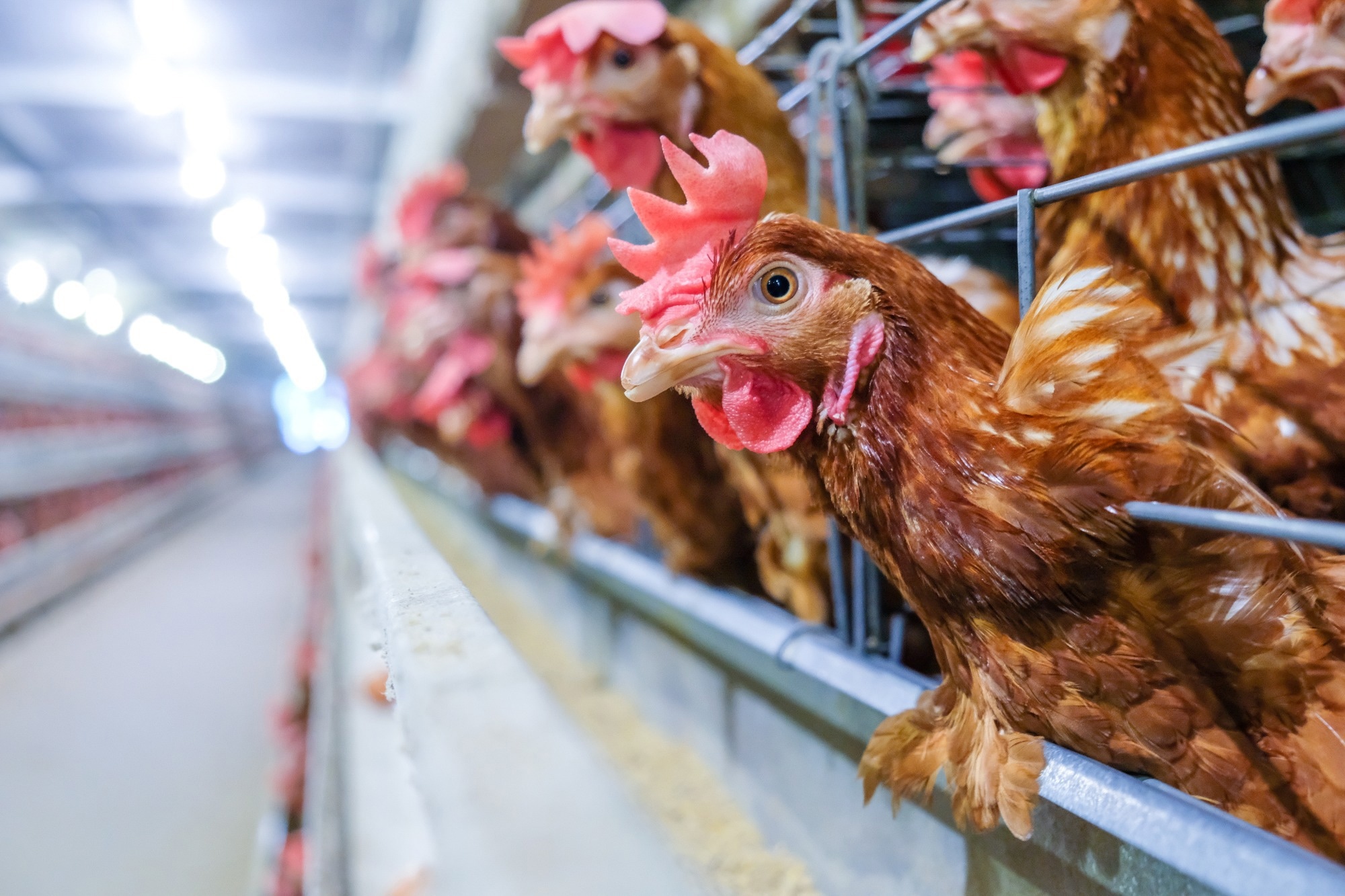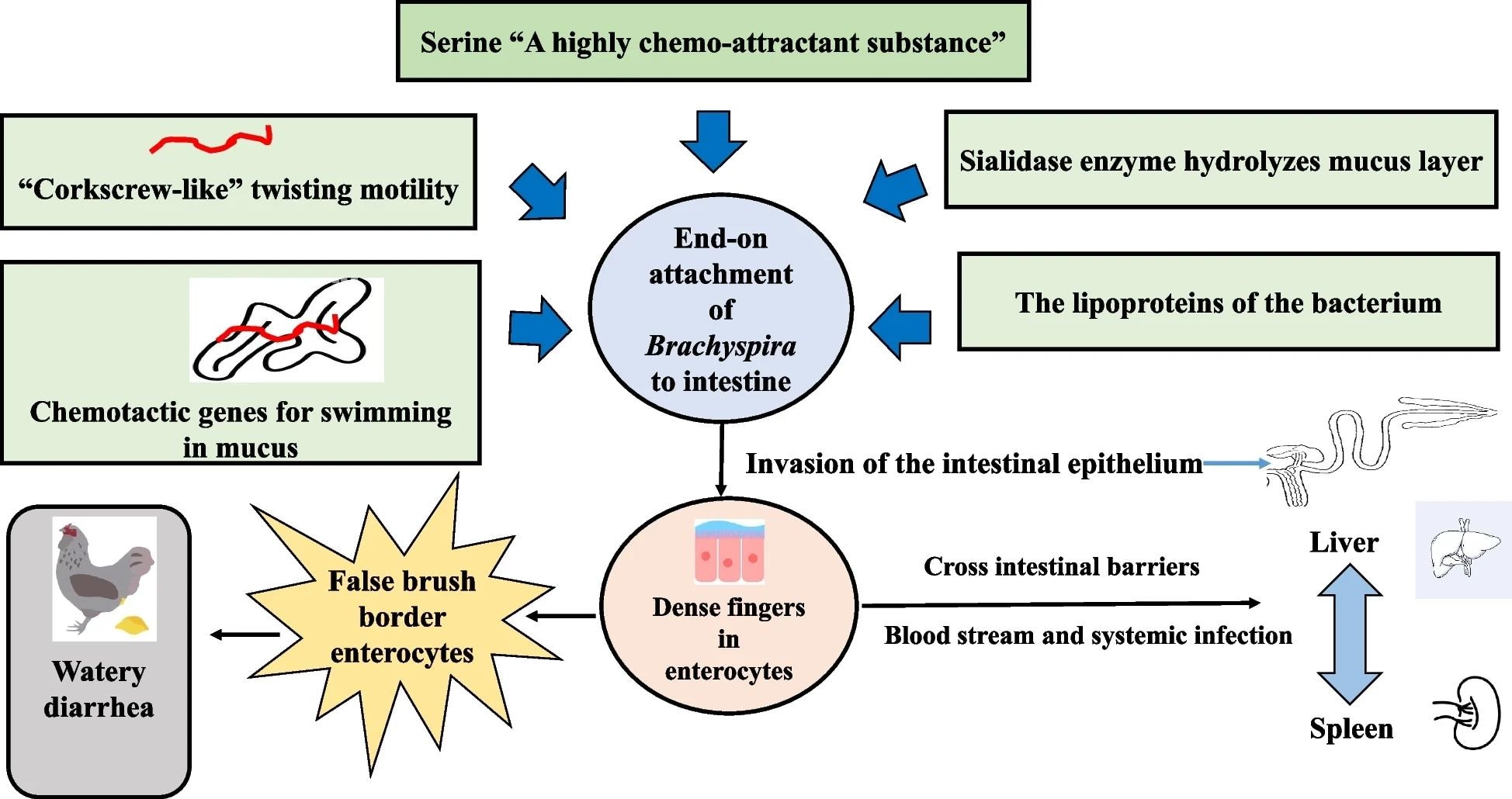As experts sound the alarm over Avian Intestinal Spirochaetosis, new research reveals growing risks to global food security and why protecting both animal and human health has never been more urgent.
 Review: Avian intestinal spirochaetosis: an emerging zoonosis. Image Credit: Mai.Chayakorn / Shutterstock
Review: Avian intestinal spirochaetosis: an emerging zoonosis. Image Credit: Mai.Chayakorn / Shutterstock
In a recent review in the journal Animal Diseases, researchers collated and discussed nearly 100 prior publications to enhance our understanding of Avian Intestinal Spirochaetosis (AIS), a disease primarily affecting poultry but caused by Brachyspira species that also infect swine.
Despite its devastating economic burden, the disease and its causative agent (Brachyspira spp.) remain largely understudied. While AIS specifically refers to avian infection, other Brachyspira species are responsible for related diseases in swine.
Alarmingly, recent reports have sparked growing concern over AIS’s zoonotic (human-infecting) potential, with scientific awareness of zoonotic potential increasing rather than a documented surge in cases and ongoing research into its public health implications. There is currently no commercially available vaccine or standardized treatment for the disease, and standard antibiotic therapies are facing growing limitations due to resistance and regulatory restrictions.
This review synthesizes traditional and cutting-edge research on AIS, focusing on its causes, diagnosis, transmission, and treatment options. It provides examples of human infections, highlighting the disease’s human outcomes. It finally identifies gaps in the literature and ongoing research (including a recombinant vaccine candidate tested in layer chickens) that may help nip AIS in the bud, thereby preventing the next significant global zoonotic outbreak.
Background
The growing global demand for meat-based food products has had an unintended, yet scary, consequence – a surge in gastrointestinal diseases among livestock, especially birds. Larger poultry farms and higher densities have been shown to increase the frequency of disease transmission, resulting in outbreaks that rapidly spread across adjoining farms.
Less prevalent than their respiratory counterparts, some gastrointestinal diseases, such as Avian Intestinal Spirochaetosis (AIS), are highly disruptive, with outbreaks causing devastating economic loss (~£18 million annually in the UK alone).
AIS is a chronic bacterial infection in poultry (particularly in layer and breeder hens) caused by the colonization of the host’s lower gastrointestinal tract, especially the caeca and colon, by Brachyspira spp. (primarily B. pilosicoli, B. intermedia, and B. alvinipulli).
AIS results in chronic diarrhea, poor egg quality, delayed laying turnaround, weight loss, and increased mortality, particularly in layer and broiler breeder hens. Despite these impacts and the growing global burden of AIS, the disease and its causative agents (mainly these three Brachyspira species in birds) remain underreported and poorly understood.
Transmission vectors include not only direct contact but also wild birds and rodents, which play a significant role in disease spread and pose biosecurity challenges.
Significantly, humans can also contract Brachyspira infections through close contact with, or the consumption of, infected meat. The resultant colonic spirochaetosis is characterized by a range of gastrointestinal symptoms, most often chronic diarrhea, abdominal cramps, rectal bleeding, and sometimes weight loss.
Many cases are asymptomatic, but the risk is higher among immunocompromised individuals or those in environments with poor hygiene. Severe outcomes, including ulcerative colitis, invasive spirochetemia, and rarely death, are also reported, particularly in vulnerable populations.
Disease diagnosis relies on traditional microbiology or newer molecular (genetic sequencing) techniques. Unfortunately, recent bans on antibiotic use in poultry rearing and the rising drug resistance in AIS strains hinder treatments, exacerbating disease spread and necessitating a better understanding of its epidemiology.
 Mechanism of in vivo intestinal colonization by Brachyspira spp
Mechanism of in vivo intestinal colonization by Brachyspira spp
About the review
The present review aims to synthesize and elucidate current scientific knowledge on AIS by collating outcomes from over 95 publications across four scientific repositories (Google Scholar, PubMed Central, PubMed, and CAS) to unravel the disease’s epidemiology, human and veterinary impacts, thereby informing future research efforts and policy reform.
It highlights the limitations of conventional prevention strategies while revealing ongoing intervention development that may turn the tide on AIS in the future. Finally, the review discusses colonic spirochaetosis and the bacteria’s zoonotic potential. It underscores the need for improved surveillance and integrated approaches to animal and human health to prevent widespread AIS-associated panic and economic loss.
Review key points
The present review identifies and highlights several key points regarding Brachyspira spp. and their associated infections:
- AIS in poultry is caused mainly by B. pilosicoli, B. intermedia, and B. alvinipulli, while other Brachyspira species affect swine. B. pilosicoli causes most AIS cases in poultry and is the primary agent behind human colonic spirochaetosis. The review clarifies that B. murdochii is considered to have low pathogenicity for poultry and is not regarded as a zoonotic threat. Although zoonotic infections are recognized, the review notes that B. intermedia and B. hyodysenteriae, while not currently considered major zoonotic threats, can spread AIS in poultry and should be monitored.
- Diagnostic advancements: Traditional culture methods are giving way to PCR and sequencing diagnostics, enabling more reliable detection of pathogens in birds and humans, and improving monitoring and early response efforts.
- Treatment challenges: While tiamulin and macrolides, the traditional gold standard medication for treating spirochaetosis, remain effective, rising antimicrobial resistance and restrictions on antibiotic use are increasingly compromising disease control. Specific resistance mechanisms, including rRNA gene mutations and the presence of β-lactamase genes, contribute to the emergence of multidrug-resistant strains.
- Promising prevention tools: Probiotics are showing benefits in both disease prevention and flock performance. A recombinant vaccine targeting B. pilosicoli has demonstrated promising efficacy in experimental studies with layer chickens; however, it is not yet commercially available.
- Human health considerations: Zoonotic cases, although infrequent, manifest in symptoms like diarrhea and rectal bleeding, with most cases presenting mild or asymptomatic infections. However, the potential for severe clinical outcomes is also described in the review, particularly in immunocompromised or high-risk individuals and those in poor-hygiene settings. This highlights the importance of cross-species surveillance in food production chains.
- Environmental reservoirs, including wild birds and contaminated water sources, are identified as key transmission pathways and major challenges for biosecurity and disease control.
Overall, the review highlights AIS as a rising economic, agricultural, and public health threat.
Conclusions
AIS is emerging as a significant veterinary and zoonotic issue. The ongoing global intensification of poultry farming, alongside recent antibiotic restrictions, has increased disease risk and transmission potential. While conventional diagnostics and antibiotic therapies have limitations, advances in molecular detection, probiotic interventions, and a new recombinant vaccine offer hope.
However, further field validation and regulatory support are needed. Spirochaetosis remains an underreported and understudied disease. When considering its zoonotic potential, a ‘One Health’ approach, integrating animal and human surveillance strategies, is imperative. Coordinated research, veterinary practice, and public health policy efforts are essential to contain AIS and protect poultry production and human well-being.